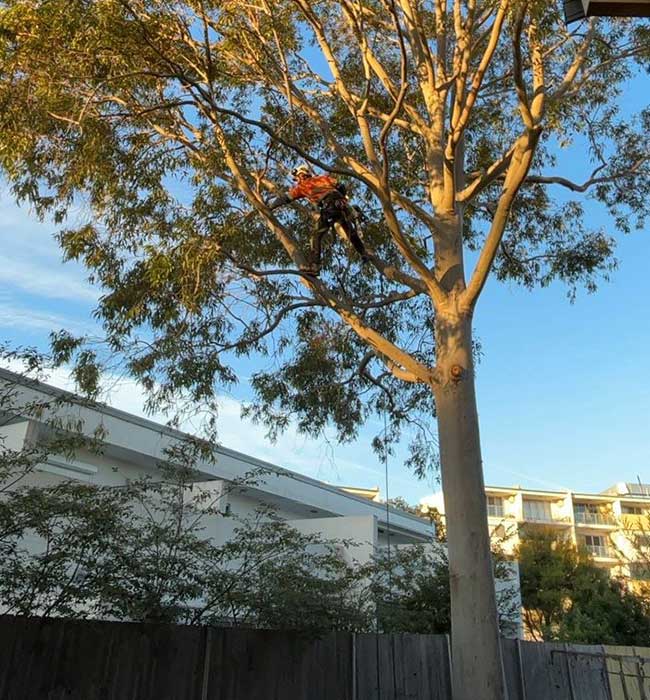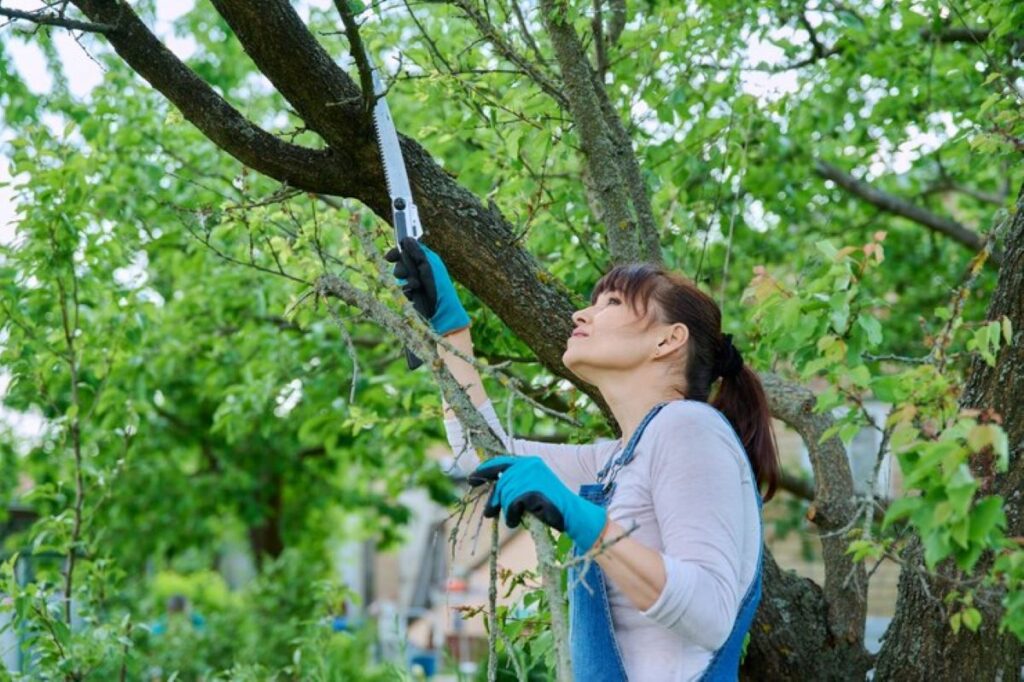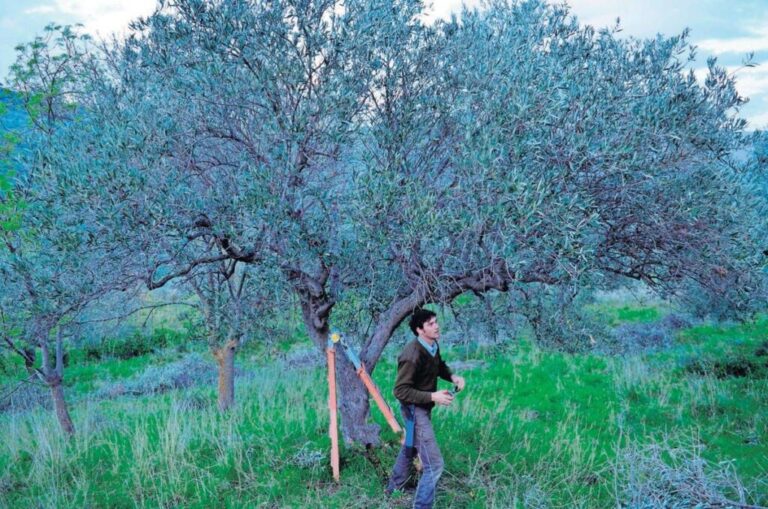Tree Loppers and the Craft of Maintaining the Urban Canopy
What Are Tree Loppers and What Role Do They Play in Urban Canopy Maintenance?
Tree loppers are specialized arborists who manage the health and structure of urban trees through strategic cutting, trimming, and maintenance techniques. These professionals serve as guardians of the urban canopy—the collective tree cover spanning city streets, parks, and private properties that forms a living infrastructure above our heads.
The urban canopy delivers critical environmental services that make cities livable. Trees filter pollutants from the air, reduce surface temperatures during heatwaves, manage stormwater runoff, and provide essential habitat for urban wildlife. Without proper maintenance, this green infrastructure deteriorates, leaving cities vulnerable to increased heat, poor air quality, and diminished biodiversity.
The craft of urban tree maintenance requires:
- Technical knowledge of tree biology and growth patterns
- Understanding of species-specific pruning requirements
- Skill in identifying structural weaknesses and disease
- Ability to balance aesthetic goals with tree health
- Compliance with municipal regulations and safety standards
Tree loppers work within a complex framework where every cut influences a tree’s long-term vitality. Their decisions affect not just individual specimens but the broader urban ecosystem. A skilled tree lopper recognizes that maintaining the urban canopy means preserving the environmental, social, and economic benefits that healthy trees provide to communities. This specialized work demands both physical capability and deep understanding of arboricultural science.

How Do Tree Loppers Differentiate Between Pruning and Lopping Techniques?
Pruning vs lopping represents a fundamental distinction in tree care methodology. Pruning involves precise cuts at natural branch collars or bark ridges—the raised areas where branches meet the trunk—allowing trees to seal wounds efficiently and maintain structural integrity. Lopping, by contrast, typically means cutting branches between nodes or indiscriminately removing large sections of canopy, often leaving stubs that struggle to heal.
The AS4373-2007 standards provide professional arborists with clear guidelines for amenity tree pruning. These standards emphasise making cuts that work with the tree’s natural defence mechanisms rather than against them. When professionals follow proper pruning methods, they identify the branch collar’s slight swelling and cut just outside this zone at a slight angle, preserving the tree’s ability to compartmentalise the wound.
Improper lopping creates multiple problems:
- Structural weakness develops as the tree produces numerous weak shoots from cut points
- Disease susceptibility increases when large wounds expose inner wood to pathogens
- Aesthetic damage occurs through unnatural regrowth patterns and stub formation
- Shortened lifespan results from the tree’s depleted energy reserves trying to recover
Trees subjected to heavy lopping often develop a bushy crown of weakly attached branches that pose future safety risks. The practice removes the tree’s natural architecture, forcing it into a survival mode that compromises both health and longevity.
What Regulations Govern Tree Lopping Practices in Urban Areas?
Tree protection controls establish strict frameworks that require professionals to obtain pruning permits before commencing work on urban trees. Most local councils require permits for any maintenance that removes more than 10% of a tree’s canopy, with additional requirements for heritage-listed or protected species.
Urban forestry regulations typically specify:
- Mandatory arborist reports detailing the health assessment and proposed work scope
- Compliance with national standards such as AS4373-2007 for amenity tree pruning
- Restrictions on work during bird nesting seasons or adverse weather conditions
- Requirements for qualified personnel with appropriate certifications
The 10% canopy removal threshold serves as a critical benchmark across many areas. Exceeding this limit without authorisation triggers enforcement actions, as excessive removal compromises the tree’s structural integrity and photosynthetic capacity. Some councils impose even stricter limits—5% for significant trees or those in conservation zones.
Penalties for unauthorised tree work reflect the serious nature of these offences. Fines can reach tens of thousands of pounds for individuals, with substantially higher amounts for commercial operators. Courts may also order compensatory tree planting at ratios of 3:1 or higher, where violators must plant multiple replacement trees for each one damaged or removed. Repeat offenders face prosecution, business licence revocation, and potential imprisonment in cases involving deliberate destruction of protected specimens.
How Do Urban Forest Strategies Support the Work of Tree Loppers?
Urban forest strategies, such as the comprehensive Peel Urban Forest Strategy, provide the framework that guides tree loppers in their daily work. These strategies establish clear canopy cover targets and maintenance priorities across city landscapes. They set measurable goals—typically aiming to increase tree coverage by specific percentages over defined timeframes—whilst addressing critical environmental challenges like urban heat island effects and declining biodiversity.
City council programs translate these strategic visions into actionable work schedules for tree loppers. Councils maintain detailed inventories of street and park trees, conduct regular health assessments, and identify specimens requiring intervention. This systematic approach ensures tree loppers receive prioritised work orders based on risk levels, seasonal considerations, and long-term canopy development objectives.
The coordination between municipal planners and tree care professionals creates a feedback loop that strengthens urban forest management. Tree loppers report on tree conditions during routine maintenance, providing ground-level intelligence about disease patterns, structural weaknesses, and species performance in specific locations. This information shapes future planting decisions and maintenance protocols.
Tree Loppers and the Craft of Maintaining the Urban Canopy relies heavily on this collaborative model. When councils establish biodiversity enhancement targets, tree loppers adjust their pruning techniques to preserve habitat features like hollow-forming branches where safe to retain. Heat reduction mitigation goals influence the timing and extent of canopy work, ensuring maximum shade retention during critical summer months whilst maintaining tree health and structural integrity.
Why Is Species Selection Important for Successful Urban Tree Planting?
Does choosing the right tree species determine whether urban plantings thrive or fail? Urban tree species selection directly impacts long-term canopy health, as inappropriate choices lead to premature decline, increased maintenance costs, and gaps in the urban forest. Cities present harsh conditions—compacted soils, limited root space, pollution, reflected heat from pavements, and mechanical damage—that many native forest species cannot withstand.
Resilient street trees must meet specific criteria to survive and flourish in these challenging environments:
- Tolerance to drought and poor soil conditions where root zones are restricted
- Resistance to urban pollutants including vehicle emissions and de-icing salts
- Structural integrity to withstand wind exposure and prevent branch failure
- Manageable mature size appropriate for available space and overhead clearances
- Low maintenance requirements reducing the need for frequent intervention by tree loppers
- Pest and disease resistance minimising vulnerability to common urban pathogens
Species like Platanus × acerifolia (London Plane) and Ulmus cultivars demonstrate these resilient characteristics, explaining their widespread use in streetscapes. Tree loppers benefit from proper species selection as well-suited trees require less corrective pruning and develop stronger branch architecture naturally. When councils prioritise urban tree species selection based on site-specific conditions—considering factors like soil pH, available moisture, and microclimate—they create canopies that mature successfully with minimal intervention, allowing arborists to focus on health maintenance rather than managing stress-related problems.
How Do Tree Loppers Balance Ecological Sustainability With Public Safety Concerns?
Tree loppers navigate the delicate intersection between ecological sustainability in tree care and public safety in tree maintenance by employing risk-based assessment protocols that preserve tree vitality whilst eliminating genuine hazards. Dead or structurally compromised limbs receive immediate attention when they pose threats to pedestrians, vehicles, or property, yet removal decisions follow strict evaluation criteria rather than precautionary over-pruning.
The assessment process distinguishes between:
- Immediate hazards – branches with active decay, visible cracks, or heavy lean over high-traffic areas
- Monitored concerns – limbs showing early deterioration signs requiring periodic inspection
- Retained deadwood – standing dead branches in low-risk zones that provide wildlife habitat
Professional tree loppers preserve cavity-bearing limbs and standing deadwood wherever safe to do so, recognising these features as critical nesting sites for native birds, possums, and beneficial insects. Strategic retention of ecological features maintains biodiversity within the urban canopy whilst addressing legitimate safety concerns.
Risk mitigation extends beyond simple removal. Techniques include crown reduction to decrease wind resistance, cable bracing for structurally weak unions, and selective thinning to reduce weight on compromised branches. These interventions maintain the tree’s ecological function and aesthetic contribution whilst managing specific hazard points.
Documentation of all safety-related interventions ensures accountability and provides historical records for ongoing tree health monitoring, supporting long-term urban forest management objectives.
What Are The Broader Benefits Associated With Maintaining A Healthy Urban Canopy?
A well-maintained urban canopy delivers measurable environmental improvements that directly impact city residents’ quality of life. Trees filter airborne pollutants, capturing particulate matter and absorbing harmful gases like nitrogen dioxide and sulphur dioxide through their leaves. A single mature tree can absorb up to 150 kilograms of carbon dioxide annually whilst releasing oxygen.
Environmental Benefits
- Air Quality Improvement: Trees act as natural air filters, removing pollutants and improving the overall air quality in urban areas.
- Carbon Sequestration: Mature trees play a significant role in mitigating climate change by absorbing carbon dioxide from the atmosphere.
- Stormwater Management: Tree canopies intercept rainfall, reducing runoff and minimising the risk of flooding.
- Soil Erosion Prevention: The root systems of trees help stabilise soil, preventing erosion during heavy rainfall events.
Economic Benefits
- Increased Property Values: Homes and properties on tree-lined streets tend to have higher values compared to those in areas without trees.
- Reduced Energy Costs: Trees provide shade, reducing the need for air conditioning and lowering energy bills.
- Boosted Retail Activity: Well-shaded shopping districts attract more customers, leading to increased sales for businesses.
- Lower Infrastructure Maintenance Costs: Trees can help regulate temperatures on road surfaces, reducing wear and tear and maintenance expenses.
Social Benefits
- Enhanced City Identity: Tree-lined streets and boulevards contribute to the unique character of a city, making it more attractive to residents and visitors.
- Improved Liveability: Green spaces created by urban canopies provide areas for recreation, relaxation, and socialisation, enhancing the overall quality of life for residents.
- Support for Local Wildlife: Healthy urban canopies provide habitats for various species, promoting biodiversity within the city.
The benefits of a healthy urban canopy extend beyond just environmental or economic factors; they also contribute to the identity and livability of a city.

Conclusion
The urban canopy is a living infrastructure that requires expertise, precision, and dedication from skilled tree lopping professionals who understand both the science and art of their craft. These practitioners are the guardians of our city forests, using technical knowledge and regulatory compliance to ensure every cut supports long-term tree health while also addressing immediate safety concerns.
Tree Loppers and the Craft of Maintaining the Urban Canopy is more than just routine maintenance—it represents a commitment to environmental stewardship that shapes the character and resilience of our urban spaces. Cities thrive when their trees flourish under the care of qualified arborists who balance ecological principles with community needs.
Want to make sure your urban trees get expert care? Get in touch with certified tree lopping professionals today to book a thorough assessment and maintenance plan that will protect your local canopy for generations to come.
Learn about : Tree Loppers Near Me and the Everyday Ethics of Urban Tree Care


